Find lesson plans generated by teachers who completed the Cultures of Independence workshop at the Historical Society of Pennsylvania. The lessons illustrate how local and national history can be taught through a focus on a physical place and primary sources. Criteria for selecting lessons also included the teaching of historiography and, when appropriate, connections to the founding principles of the United States. Use a lesson from your region, or become inspired to create your own.
Native American-European Contact in Colonial Times
Drawing on the concept of worldview, students learn to think critically about the cultural differences between Europeans and Native Americans, and how those differences shaped interaction and potential misunderstandings between the groups as they negotiated trade and diplomatic relationships.
Drafting the Nation
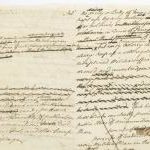
As the Framers drafted different versions of our founding documents, their ideas of what it meant to be a republic also changed. In this unit, four lessons based on the drafts of the Articles of Confederation, Declaration of Independence, and the Constitution, held at the collection at HSP, allow students to explore the language and ideas behind these pivotal documents
Women’s Suffrage WebQuest
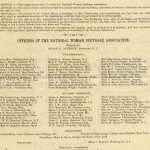
This WebQuest provides structure to a historical investigation of the Women’s Suffrage Movement by using the Historical Society of Pennsylvania’s primary sources. HSP’s online resources allow students and teachers to examine and analyze a variety of different historical documents including historical newspapers, books, pamphlets, manuscripts, photographs, maps, artwork, archived videos and audio records.
Teaching LGBT Rights
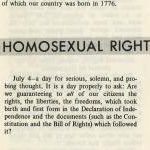
The history of equal rights for members of the LGBT community is something often overlooked in classroom curriculum. With the Supreme Court ruling that same-sex marriage is a constitutional right, it is important to look back at the men and women who fought for equality, especially right here in Philadelphia. Events, such as Reminder Day, are examples of how we can remember the contribution of men and women in the community who fought for their rights as citizens.
Economics through the Long History of America’s First Bank
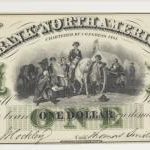
Capitalism and the American nation have long been bedfellows; after all, they are both the children of eighteenth century Neo-Classical Liberalism. It is worth noting that both the “Declaration of Independence” and Adam Smith’s “Wealth of Nations” were presented to the public in the same fateful year of 1776. However, the America of Revolutionary days certainly was neither the financial nor business force that it is today, and understanding how the nation came to be so closely linked to capital is an important understanding.
Japanese American Internment
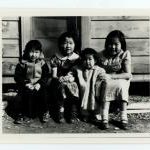
On February 19, 1942, President Franklin D. Roosevelt issued Executive Order 9066, which gave the military broad powers to ban any citizen from a coastal area stretching from Washington state to California and extending inland into southern Arizona. For the next four years, more than 120,000 persons of Japanese ancestry—77,000 of them American citizens—were removed from this area and incarcerated indefinitely without criminal charges or trial. Forty-six years and eight presidents later, on August 10, 1988, President Ronald Reagan signed the Civil Liberties Act of 1988 into law.
Civil Service Reform: Creating a Merit System for Pennsylvania
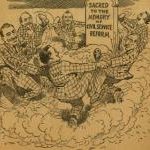
The Gilded Age of the late 19th century is not typically recalled as an age of reform. Characterized by industrialization, urbanization, and rapid population growth, it was an era of remarkable economic expansion. The Gilded Age also saw a dramatic expansion in the size and scope of government—the federal government employed just 53,000 people in 1871, but numbered 256,00 employees by 1900. Patronage politics was the norm, at every level of government.
Civil Rights in Pennsylvania
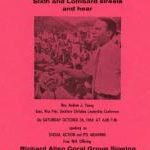
Throughout the twentieth century, blacks in Pennsylvania employed numerous strategies to achieve the civil rights they deserved. Their efforts for to receive their rights began with a strategy of New Deal liberalism in the 1940s and 50s headed by prominent black leaders. When attempts to rewrite the laws using the established political system failed, black leaders encouraged more direct action, like boycotts and sit-ins. The movement quickly took on a black nationalist approach. Philadelphia became the perfect place for several Black Power conferences and home of the short-lived, though active, Black Panther Party.
Arguing Against Slavery
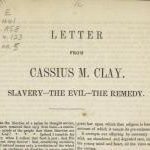
What arguments did abolitionists make against slavery? How did abolitionists propose to end slavery? These historical questions are at the center of this two-lesson unit focused on seven primary documents. In engaging with these questions and these documents, students will consider the impacts and the limits of abolition, a social movement that spanned hundreds of years.